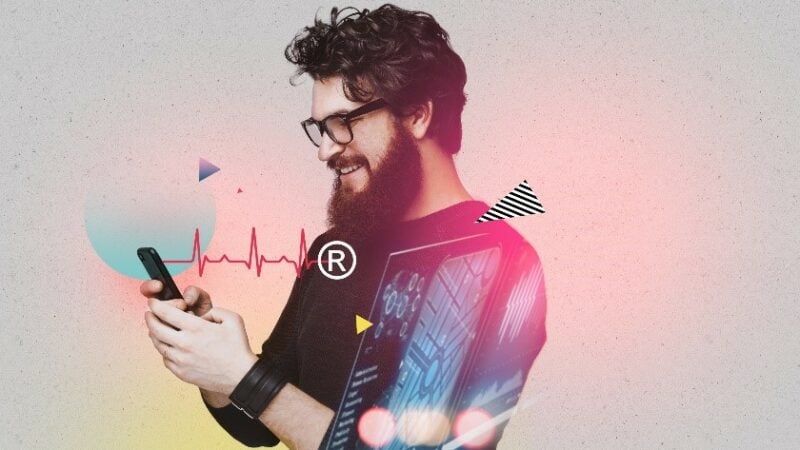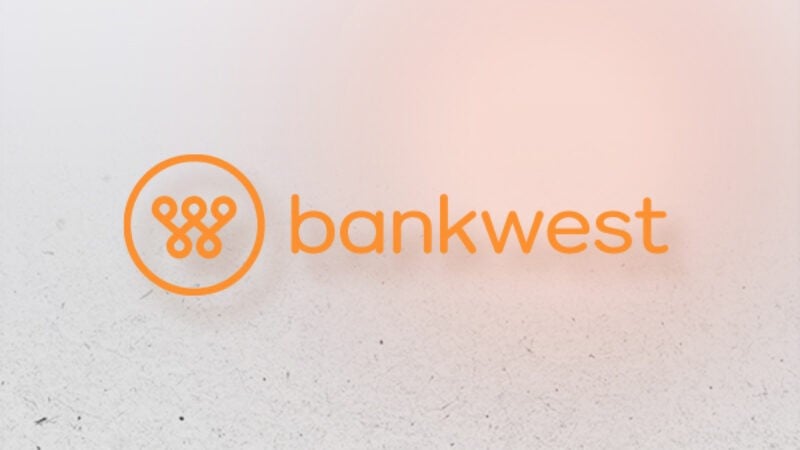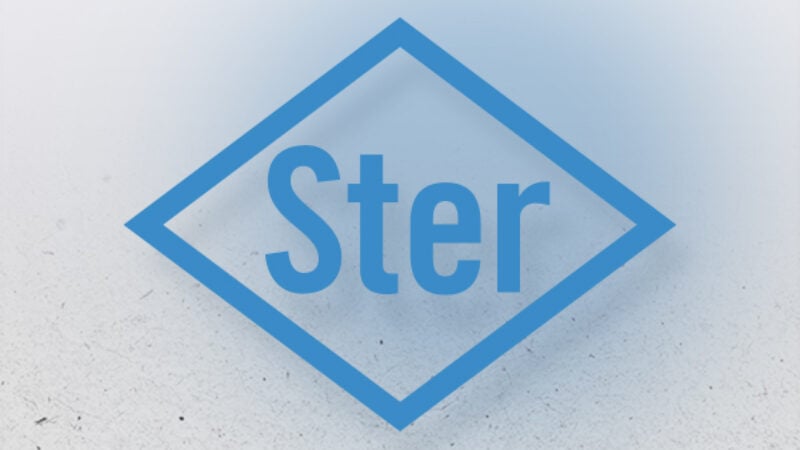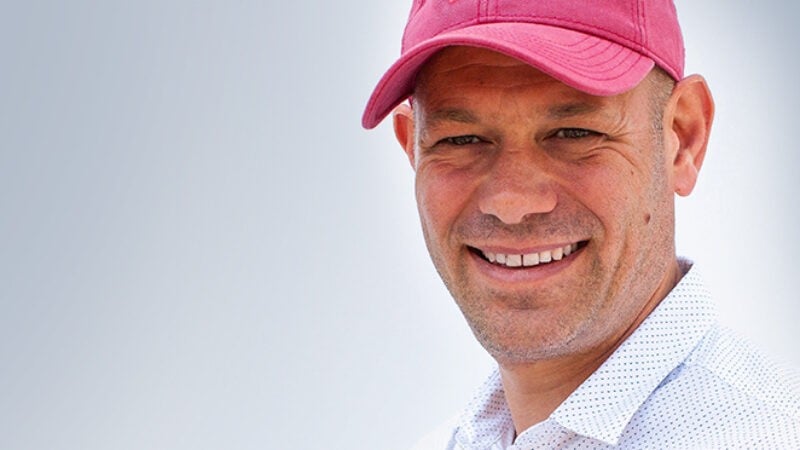Brand Religions: the 3 beliefs of the Experience Religion
Why spend the night at an ordinary campsite, if you can pitch your tent in someone’s garden and make new friends? Why buy a regular pair of Levi’s jeans if you can customize your own? With the rise of the experience economy, people, young and old, value experiences more than objects. As a result, memorable experiences become a key driver for customer decisions, perhaps even more than price and performance. So, what does this mean for marketers and brand owners? According to the ‘Experience Religion’ (one of our five Brand Religions), brands must orchestrate memorable events, where the experience itself becomes the product. Since a strong consumer experience cannot easily be duplicated, this religion claims that investing in experience marketing will lead to a sustainable competitive advantage.

#1 Memories over merchandise
The experience itself is this brand religion’s currency, with the experience surpassing the actual product or service. While evidently product or service quality remains vital, experiences provide a unique brand layer, allowing consumers to see and feel the brand. It is about promoting the brand’s message rather than focusing solely on specific branded products or services. Important when crafting those experiences is to establish a clear brand link to ensure consumers attribute the experience to the brand. Next to that, experience marketing should go beyond organizing a one-time experiential event; it should be scaled both in time and across touchpoints.
This is also what AB InBev-owned low-calorie beer brand Michelob Ultra is doing with their fitness workouts. Michelob Ultra is positioned as a drink to enjoy with friends after working out, combining hard work with fun, as featured in their ongoing brand campaign ‘Do it for the cheers’. To reinforce its link with health and fitness, the brand continuously invested in positive brand experiences that surpass their product, for example by creating a series of workouts via Amazon Alexi, or hosting a pop-up fitness studio in New York. Also, during the worldwide pandemic, Michelob Ultra kept up these efforts by partnering with local fitness studios to stream weekly virtual workouts, followed by a virtual beer.
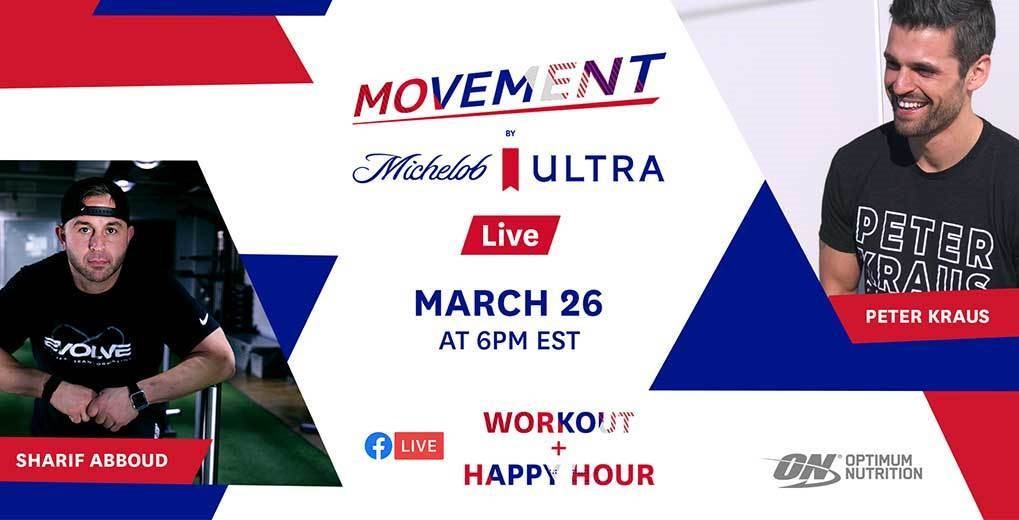
#2 Interact, don’t act
Key in experience marketing is to establish direct real-time interaction with consumers, thereby recognizing that the consumer is no longer a passive recipient, but an active participant. Through this active involvement, consumers will not only better understand your brand, it will also lead to a positive, emotional connection that traditional forms of advertising cannot achieve.
To capitalize on these benefits, e-retail furniture company MADE puts their consumers in control as to which products get created. Via their crowdfunding platform TalentLAB, MADE invites up-and-coming designers to upload their product ideas. Every two months, the brand team shortlists 15 to 30 of the submitted designs which are then prototyped, photographed and added to the platform. Since its launch in 2017, MADE has launched five collections from new or unknown designers – each collection chosen and supported by MADE‘s customers. In the words of Ruth Wassermann, design director at Made, TalentLAB is “an innovative way for consumers to have their say in what goes on site and for supporting emerging designers at the same time.”
#3 Create lasting impressions
The success of experience marketing lies in its potential to stick and be memorable. In the end, positive experiences will inspire consumers to purchase and – in today’s connected society – create a ripple effect via word of mouth (see the ‘Influencer Religion’). So, how can brands create memorable experiences? There are three key element that impact (and can extend) memorability.

Special
As no two people wish for or should have the same experience, experience marketing should make the consumer feel special by offering an experience that seems tailored to their unique needs, wants and desires. A brand that goes the extra mile in delivering a tailored experience is mattress company Casper, that introduced a free chatbot designed specifically for insomniacs. Insomnobot3000 is a friendly companion, there for anyone that just can’t get to sleep between 11 p.m. and 5 a.m., keeping the conversation going until the consumer falls asleep.
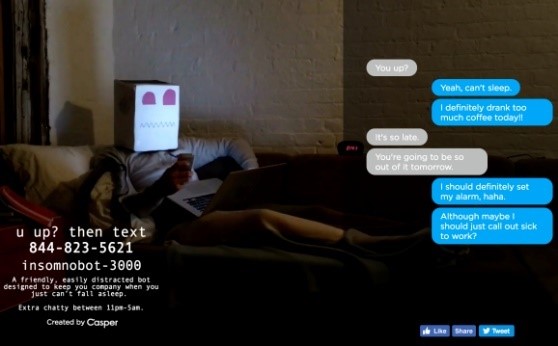
Senses
Experiences that trigger one’s senses also contribute to memorability, because the part of the brain that is responsible for interpreting these senses is also responsible for the memory. French beverage company Pernod Ricard used this approach by creating strawberry-scented advertising for the launch of its Beefeater Pink in the UK. The campaign was featured in the London Underground, taking consumers on a sensory brand experience while in the station. Another example are the Marriott Hotels, that used virtual reality and augmented reality to tap into multiple senses and create a memorable experience. Via a virtual reality headset, consumers are digitally transported to vacation destinations where Marriott Hotels is present, enabling the customer to see popular spots, and experience smells and sounds associated with the area.
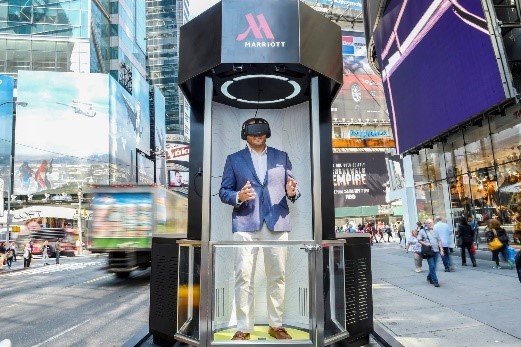
Stun
The most basic way to get someone’s attention is to break a pattern. Surprise gets people’s attention, violating their expectations and giving them something they are not expecting. Kleenex, for example, monitored Facebook to identify people that were ill or coming down with a cold. Through contacting their friends and family, the brand made sure the sick person received a ‘Kleenex get-well kit’ within 1 to 2 hours after their post. However, surprise has an expiration date, losing all its power after its occurrence. Yet this is where a delighting strategy comes in. Brands should delight, as in going above and beyond in their customer experience. Delighting is about consistently trying to exceed people’s expectations.
That is why building memorable experiences forms the foundation of the ‘Experience Religion’. Following this strategy does not only guide branding efforts, but also shapes a brand’s research approach. An application example is capturing, measuring and acting upon real-time consumer feedback. This is exactly how we supported SkyTeam.
Being one of the world’s major three airline alliances, SkyTeam has made it its mission to create a seamless travel experience through operational excellence while maintaining a clear customer focus. To guarantee a consistent superior customer experience, they wanted to hear from their SkyPriority customers throughout all journey touchpoints. Would you like to know more about how we translated this challenge into a customized research approach? Get the full story on our customer centricity work for SkyTeam.


